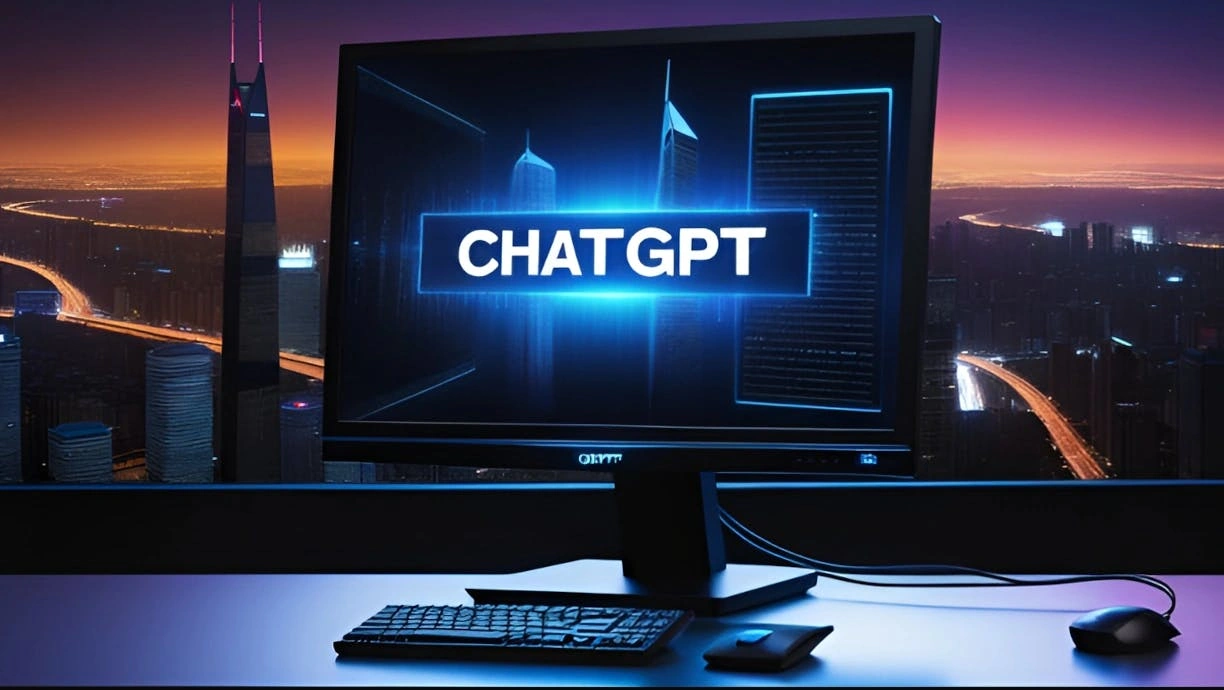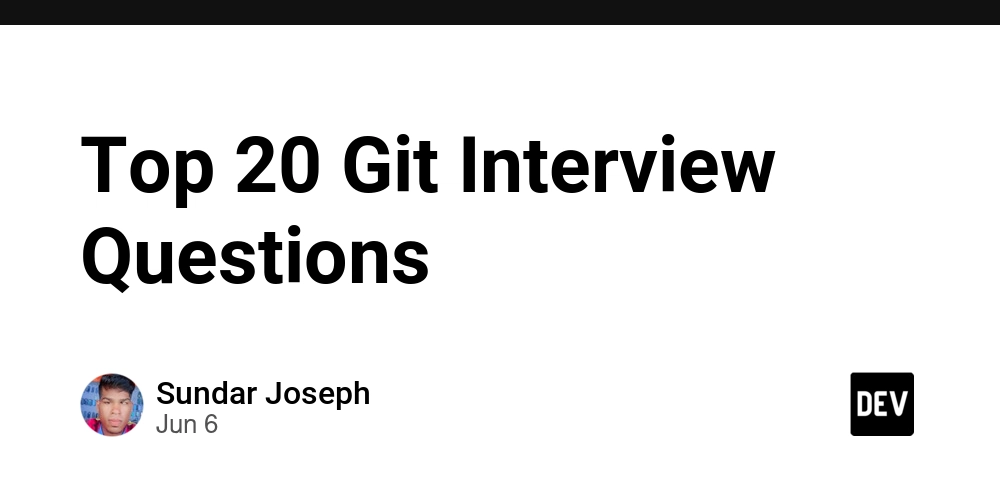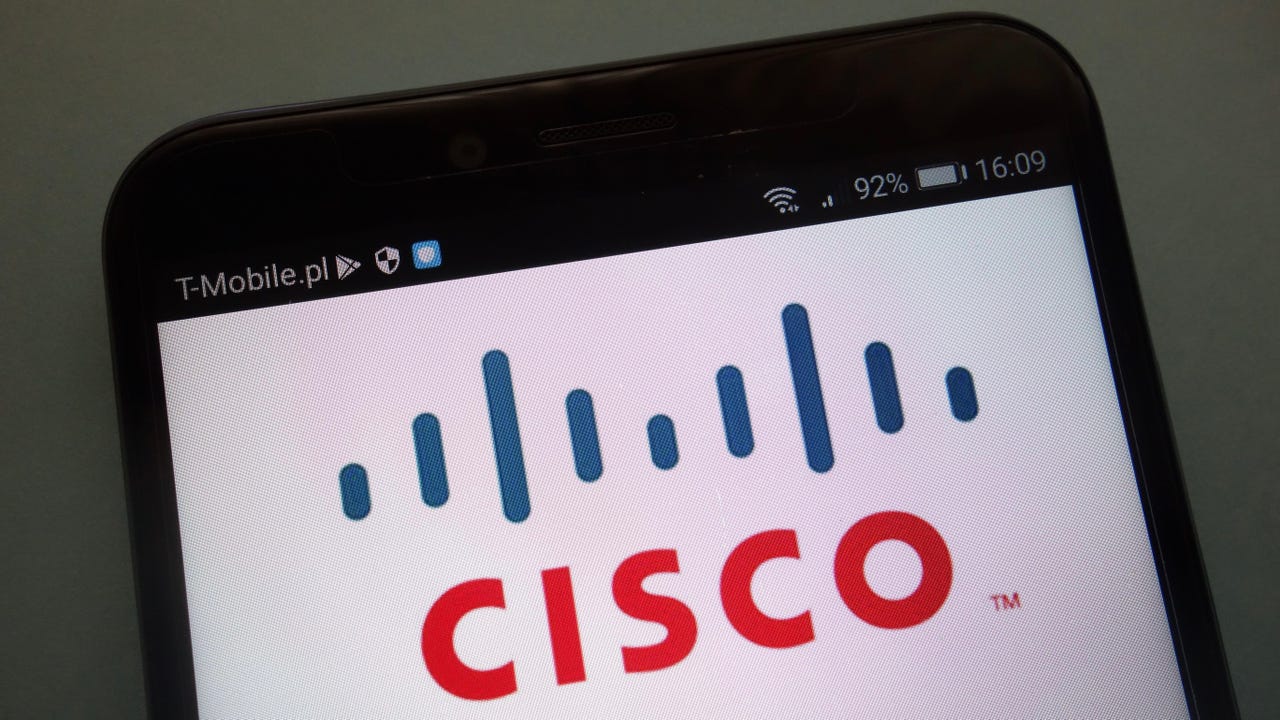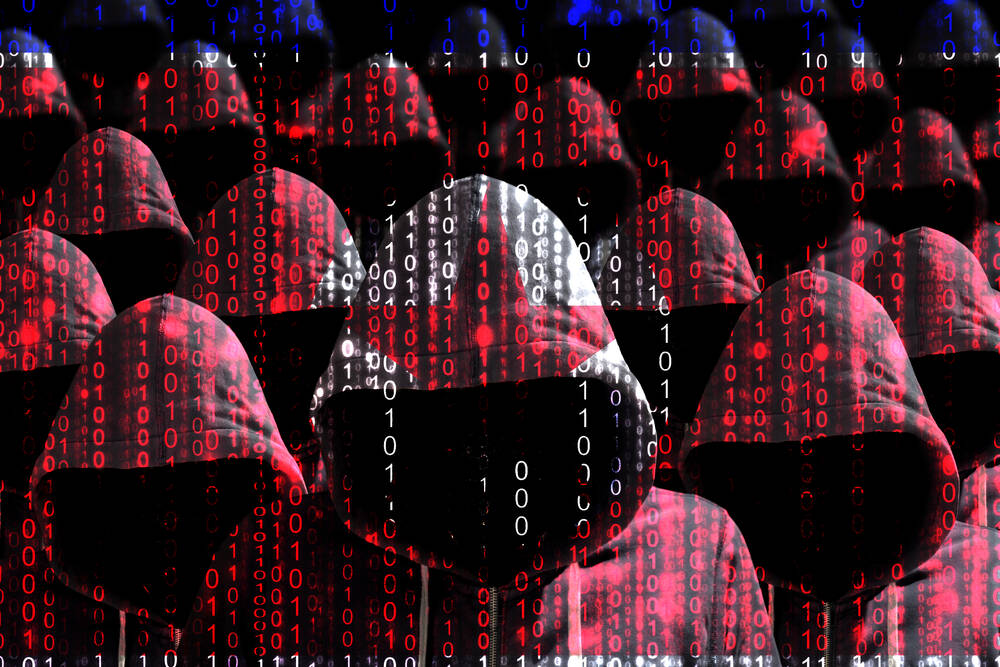Microsoft and CrowdStrike Teaming Up to Bring Clarity To Threat Actor Mapping
Microsoft and CrowdStrike announced a groundbreaking collaboration yesterday to streamline the confusing landscape of cyberthreat actor identification, marking what industry experts are calling a watershed moment for cybersecurity intelligence sharing. The partnership addresses a critical challenge that has long plagued the cybersecurity industry: the proliferation of different naming conventions for the same threat actors across […] The post Microsoft and CrowdStrike Teaming Up to Bring Clarity To Threat Actor Mapping appeared first on Cyber Security News.

Microsoft and CrowdStrike announced a groundbreaking collaboration yesterday to streamline the confusing landscape of cyberthreat actor identification, marking what industry experts are calling a watershed moment for cybersecurity intelligence sharing.
The partnership addresses a critical challenge that has long plagued the cybersecurity industry: the proliferation of different naming conventions for the same threat actors across security vendors.
This fragmentation has created unnecessary confusion and delays in threat response, with potentially devastating consequences in an era where even seconds of delay can determine whether an attack succeeds or fails.
The Naming Problem
The issue stems from each cybersecurity company developing its own taxonomy for tracking threat actors.
For example, the well-known hacking group that Microsoft refers to as “Midnight Blizzard” is also known as “Cozy Bear,” “APT29,” or “UNC2452” by other vendors.
This inconsistency forces security professionals to spend valuable time cross-referencing threat intelligence rather than focusing on defense.
“Adversaries hide behind both technology and the confusion created by inconsistent naming,” said Adam Meyers, Head of Counter Adversary Operations at CrowdStrike.
“As defenders, it’s our job to stay ahead and to give security teams clarity on who is targeting them and how to respond.”
The two companies have created what they’re calling a “Rosetta Stone” for cyber threat intelligence. This comprehensive mapping system links adversary identifiers across vendor ecosystems without mandating a single naming standard.

This approach preserves each company’s analytical methodologies while providing critical translation capabilities for defenders.
Microsoft’s Corporate Vice President Vasu Jakkal emphasized the urgency: “In the face of an increasingly complex and fast-evolving threat landscape, even seconds of delay can be critical, making it crucial that we rethink how we address security risks”.
The collaboration has already demonstrated tangible value. Through direct analyst-led cooperation, the companies have deconflicted more than 80 threat actors, including validating that Microsoft’s “Volt Typhoon” and CrowdStrike’s “VANGUARD PANDA” refer to the same Chinese state-sponsored group, while “Secret Blizzard” and “VENOMOUS BEAR” designate the same Russia-linked adversary.
This mapping covers the industry’s standard five threat actor categories: nation-state actors, financially motivated actors, private sector offensive actors, influence operations, and groups in development.
The initiative extends beyond the initial partnership. Google’s Mandiant and Palo Alto Networks’ Unit 42 have committed to contributing to the effort, with plans to invite additional cybersecurity firms to join the collaborative mapping resource.
“Security is a team sport,” noted Jakkal. “When defenders can share and react to information faster, it makes a difference in how we protect the world”.
The companies emphasize that this effort doesn’t aim to create a universal naming standard but rather to provide translation capabilities that enable faster, more confident decision-making in threat response.
As the cyberthreat landscape continues evolving, with Microsoft now tracking over 1,500 threat actors compared to 300 last year, such collaborative intelligence sharing becomes increasingly critical for global cybersecurity.
Live Credential Theft Attack Unmask & Instant Defense – Free Webinar
The post Microsoft and CrowdStrike Teaming Up to Bring Clarity To Threat Actor Mapping appeared first on Cyber Security News.




























































_.png)












































































































![[The AI Show Episode 151]: Anthropic CEO: AI Will Destroy 50% of Entry-Level Jobs, Veo 3’s Scary Lifelike Videos, Meta Aims to Fully Automate Ads & Perplexity’s Burning Cash](https://www.marketingaiinstitute.com/hubfs/ep%20151%20cover.png)




























































































































![[DEALS] FileJump 2TB Cloud Storage: Lifetime Subscription (85% off) & Other Deals Up To 98% Off – Offers End Soon!](https://www.javacodegeeks.com/wp-content/uploads/2012/12/jcg-logo.jpg)



![From electrical engineering student to CTO with Hitesh Choudhary [Podcast #175]](https://cdn.hashnode.com/res/hashnode/image/upload/v1749158756824/3996a2ad-53e5-4a8f-ab97-2c77a6f66ba3.png?#)










































































































































_sleepyfellow_Alamy.jpg?width=1280&auto=webp&quality=80&disable=upscale#)

















































































































![watchOS 26 May Bring Third-Party Widgets to Control Center [Report]](https://www.iclarified.com/images/news/97520/97520/97520-640.jpg)

![AirPods Pro 2 On Sale for $169 — Save $80! [Deal]](https://www.iclarified.com/images/news/97526/97526/97526-640.jpg)
![Apple Shares Official Trailer for 'The Wild Ones' [Video]](https://www.iclarified.com/images/news/97515/97515/97515-640.jpg)




































































